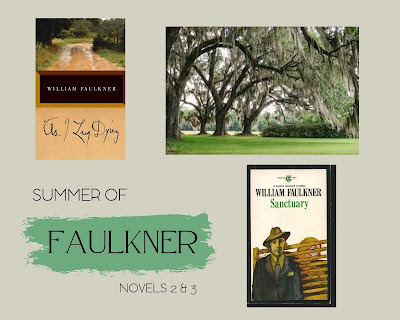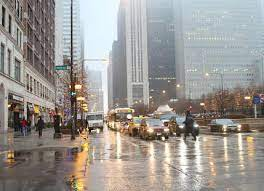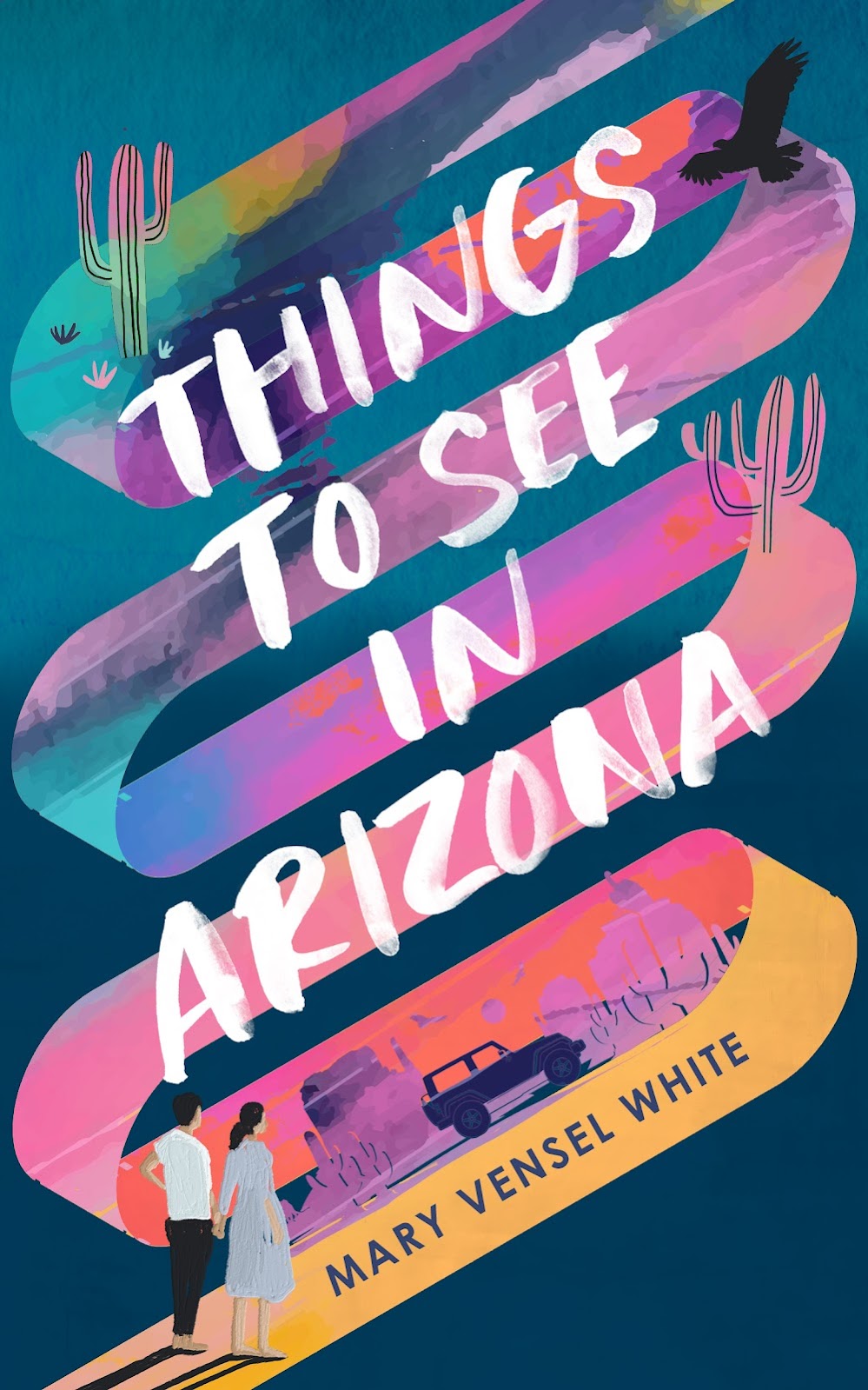The fact that I'm squeezing this post in on the last day of the year is quite representative of the year I've had! 2022 was busy, but I managed to read 30 books from my last end-of-year post to today. This range seems to be the new norm. As I sit here with my ever-expanding list of goals for 2023 (including publishing a new book - more on that soon), it may seem unrealistic to say that one of those goals is to increase this number in the new year. But that's the plan. I'd also like to make sure to include short story collections next time, so any recommendations are welcome.
In 2022, of the 30 books I finished, 21 were novels. I also read five books of poetry, and four non-fiction titles. This year's Favorite Reads list is dominated by the author I read all summer, William Faulkner. I read five novels by the master and one biography about him, and I've included four of those six books on the list. They're that good. If, like me, you've considered returning to his work for some time...I'd highly recommend you do. So I'll start this year's list with those books.
Faulkner: The Man and the Artist by Stephen B. Oates (1987)This extremely readable biography is novelistic in approach and gives insight into the personal experiences and struggles that formed Faulkner into the man and writer he was. There was much in here I remembered about Faulkner - his troubled marriage, his drinking - and much that was new to me, such as his early support of civil rights and his long, complicated involvement in Hollywood. A great start to a study of the author and his work.
I'm including three novels as favorite reads this year. Each showcases that unique Faulknerian approach: rotating points of view and a sort of stream-of-consciousness omniscience. And yet. The aspect that surprised me the most during my summer reading project was how different each novel was, even while being unmistakably Faulknerian. Each is a masterpiece, in my opinion. They are:
The Sound and the Fury (1929)
As I Lay Dying (1930)
Light in August (1932)
I've linked each one to my original commentary. And now, the rest of my favorite reads for 2022.
Speaking of points of view, this slim novel will keep you guessing about who to believe and about the nature of reality itself. This haunting story about a summer vacation gone terribly wrong poses many questions about parenting, humanity's plundering of the earth, and the limits of our minds. It's compulsively readable and at times, downright scary. I've never read anything like it, and the 2021 movie adaptation (on Netflix) stays true to the tone and effect of the novel as well.
If you've done any work on yourself, maybe you've come to certain realizations about the weights and burdens you're carrying. Great! But how do you begin to unravel and release them? This bestselling guide to personal growth will be familiar to many. This was my first reading, but it's a book I'm certain I'll read again. The focus is on practical change, how to "free yourself from the habitual thoughts, emotions, and energy patterns that limit your consciousness." If this sounds appealing to you, give it a read. The ideas are succinctly and clearly explained, and yet will lead you to further thought and exploration.
Flower, Grand, First by Gustavo Hernandez (2021)
Named for
prominent streets in Santa Ana where the poet lives, the poems in this debut collection are contemplations about immigration, family, loss, and sexuality.
Born in Jalisco, Mexico, Gus immigrated to the United States in the 1980s with
his family, and his search for that birthplace and the family left behind were
main inspirations. A evocative and heart-searing collection, brilliantly written. I was lucky to have the author join me for a chat about creativity and his writing, which you can view here.





























